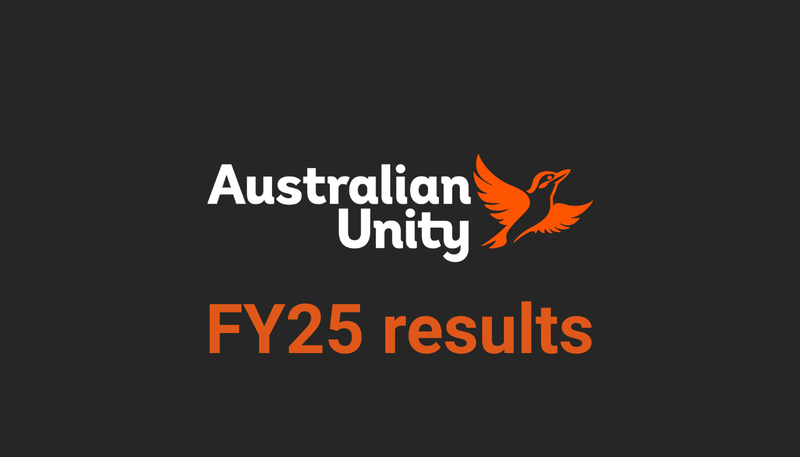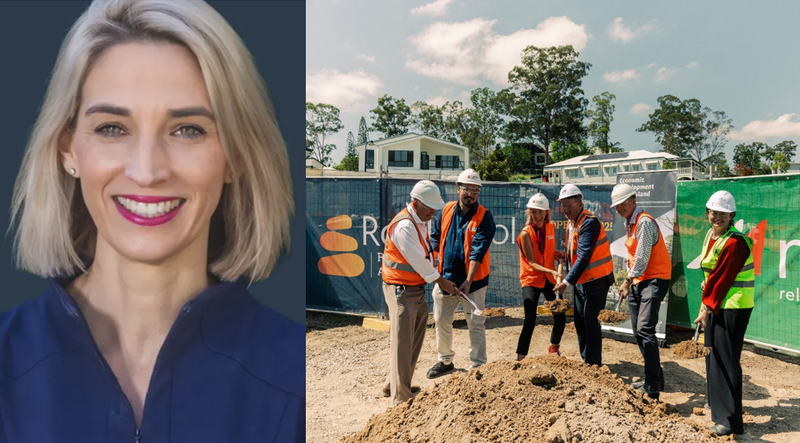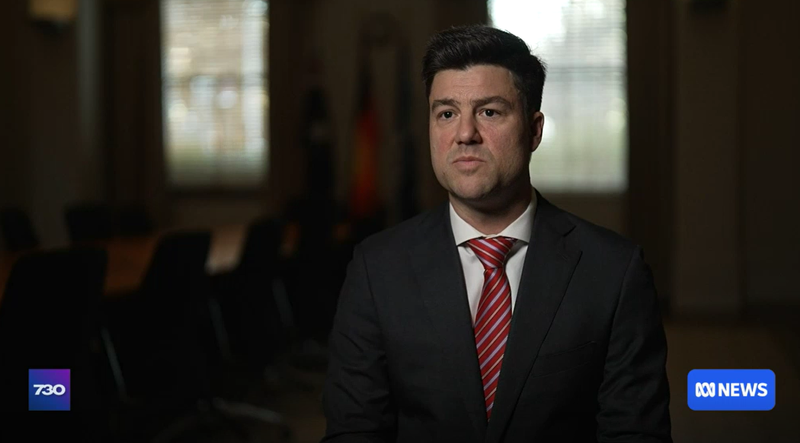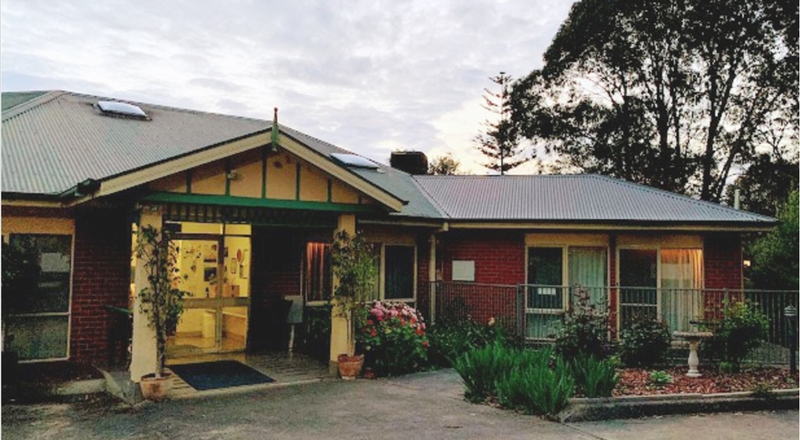Who would want to be a residential aged care CEO?
For today’s residential aged care CEOs – and there are about 800 of them – what is their role and mission? Differently skilled CEOs are appointed depending on where the organisation is on its journey. When a board has strategised change, they...

For today’s residential aged care CEOs – and there are about 800 of them – what is their role and mission?
Differently skilled CEOs are appointed depending on where the organisation is on its journey.
When a board has strategised change, they employ a change agent CEO.
When the change has been made, with all its disruption, the board changes the CEO to steadier hands that will build solidly on the new business platform. There is certainty and confidence.
We are three months into this new financial year and the AN-ACC revenue stream comes into action this weekend – and virtually no CEO has confidence in whether AN-ACC will deliver their organisation enough cash to operate and deliver them FY23 budgets.
The staff resource challenge hasn’t been addressed, let alone fixed, so the exits outnumber the new entrants to the workforce.
The cost of COVID-19 continues with little compensation, and the 25 October “dire” mini-Budget holds little hope for new cash.
Occupancy is increasing, but not to maximum levels and approaching viability, while children and the Government tell prospective residents they are better to stay at home with care delivered to them.
Meanwhile boards are being put under accelerating pressure on compliance and their own responsibilities.
This is just some of the challenges faced by our CEOs. When do they have cause and space for optimism and business building?
The only answer: when funding is changed to reflect customer reward for better services. This is co-contribution.
I don’t believe CEOs (and boards) can have optimism until accommodation and expenses of daily living are the cost of the customer and care is (correctly) the cost to government.
The CEOs can have a plan on how to deliver the mix of quality of care, accommodation, and daily services that customers at various levels want; until then, they have little real control of the present or the future.
Is this the sole objective for Tom Symondson, the new CEO of ACCPA who commenced in his role this week?





